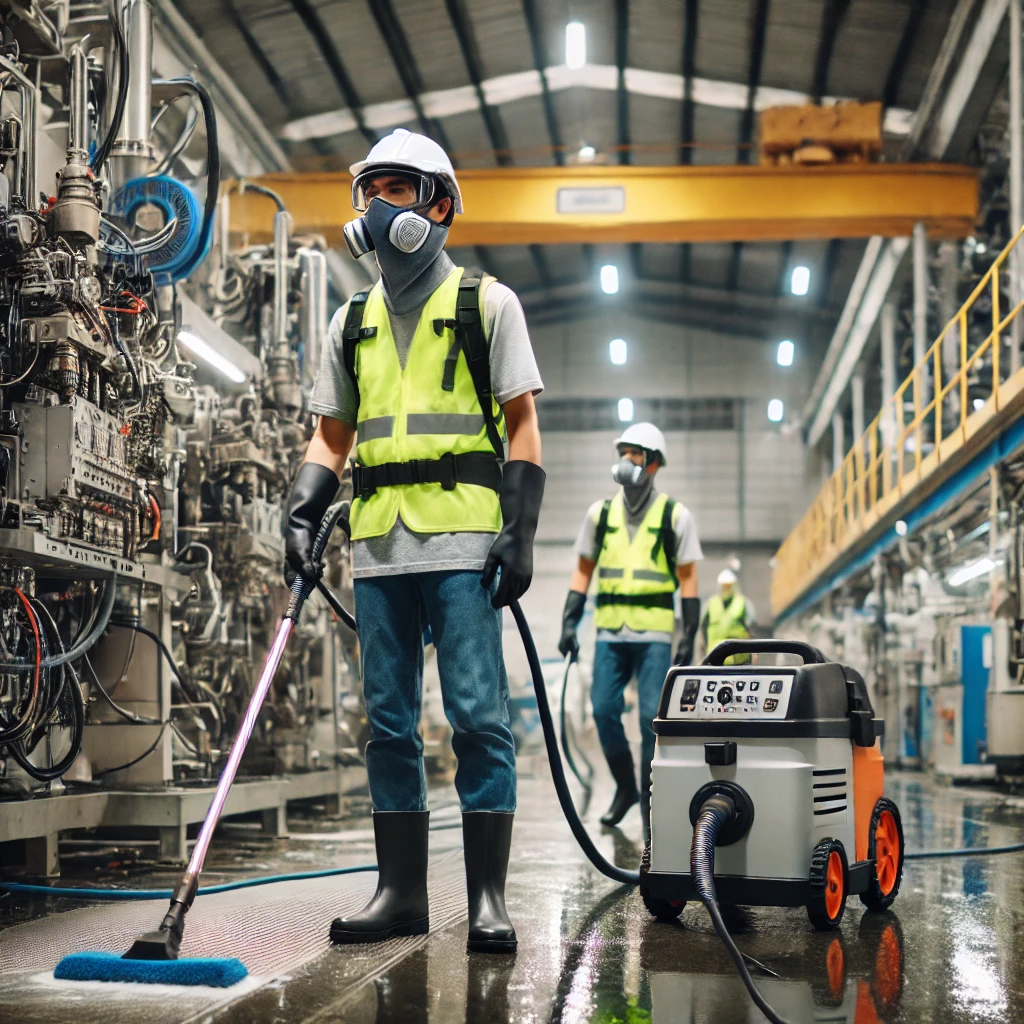You don’t have to walk far into an office to get a sense of how things operate. The reception area. The smell of the air. The feel of the carpet underfoot. Every detail sends a message. If the workspace is clean and orderly, people notice. If it’s not, they notice that too.
Cleanliness in the workplace isn’t a luxury. It’s a reflection of your company’s culture, health standards, and attention to detail. And in today’s competitive landscape, that edge matters more than ever.
Office Cleaning Is About More Than Hygiene
While keeping germs at bay is essential, the benefits of consistent Office Cleaning extend far beyond basic hygiene.
A clean environment supports clearer thinking. It boosts team morale. It reduces stress. And it leaves a lasting impression on clients, suppliers, and future hires.
In contrast, dusty vents, grimy desks, and neglected bathrooms chip away at how people feel about where they work. Over time, that erosion affects productivity, engagement, and staff retention.
A recent study by the International Sanitary Supply Association found that nearly 90% of workers believe the cleanliness of their office directly impacts their performance and mental wellbeing. That’s not a minor statistic—it’s a wake-up call.
The Health Connection: Fewer Sick Days, Better Focus
Offices are breeding grounds for bacteria. Shared desks, door handles, lift buttons, and kitchen appliances all contribute to the spread of illness.
Without proper cleaning routines, viruses and allergens circulate freely, especially through poorly ventilated air systems or carpeted floors. The result? More sick leave. More productivity gaps. More pressure on the rest of the team.
With structured Office Cleaning, these risks drop significantly. Daily disinfecting of touchpoints, scheduled deep cleans, and air-quality-focused cleaning protocols help protect your team from illness—and keep absenteeism in check.
It also shows your team that their health matters. That alone can lift morale and strengthen your culture.
Key Zones That Require Daily Cleaning
Not every area in your office carries the same risk—or delivers the same return on cleanliness. Prioritising the right spaces ensures both hygiene and efficiency.
✳ Desks and Workstations
Hot desks and shared workspaces see high usage. Keyboards, chairs, mice and drawer handles collect bacteria rapidly. Wipe-downs and bin emptying should happen daily.
✳ Kitchens and Eating Areas
Leftovers, food scraps, and unwashed dishes can become breeding grounds fast. These spaces should be checked multiple times a day, with fridges and appliances deep-cleaned weekly.
✳ Bathrooms and Wash Zones
The benchmark for your entire office. Clients and staff judge your standards based on how you maintain these areas. Daily attention is non-negotiable.
✳ Reception and Meeting Rooms
Your first impression zones. Floors, glass surfaces, and upholstered furniture need regular vacuuming, dusting and sanitising to remain presentable.
By embedding Office Cleaning into your daily operations—not just reacting when it’s visibly dirty—you protect your people and your brand.
Perception is Reality: What Your Office Says About You
People form opinions within seconds. If your office smells musty or looks neglected, that moment can cost you a sale or shake client confidence.
On the other hand, walking into a fresh, clean office creates a sense of structure, professionalism, and attention to detail. That message sticks with everyone who visits—whether it’s a stakeholder, partner, or job candidate.
Your cleaning strategy is part of your business narrative. If it’s inconsistent or absent, the story becomes one of oversight.
Sustainability and Smart Cleaning Go Hand-in-Hand
Businesses are under increasing pressure to show environmental accountability, and cleaning is a major part of that.
Eco-conscious Office Cleaning practices now include:
- Using biodegradable and non-toxic products
- Microfibre systems that reduce chemical and water use
- Energy-efficient cleaning equipment
- Waste stream separation and recycling integration
Not only do these methods protect staff from harsh chemicals, they contribute to larger ESG goals and reduce operational impact.
By aligning with providers who offer sustainable options as part of their Office Cleaning services, businesses signal that they care about both people and planet.
Inside One Office’s Cleaning Turnaround
A tech startup in Brisbane had grown fast. The team expanded. Meeting rooms multiplied. But their weekly cleaner couldn’t keep up. Staff started working from home more—partly because the office felt “uncared for.”
The leadership team hired a commercial cleaning service with a daily rotation, clear reporting, and focus on high-touch areas. Within six weeks:
- In-office attendance increased
- The HR team received unsolicited positive feedback
- The company scored higher in client site visits
No new décor. No policy changes. Just clean floors, spotless kitchens, and stocked bathrooms.
It was the smallest operational change of the quarter—and the most noticeable.
Choosing the Right Cleaning Provider
Not all commercial cleaning services are equal. Before you sign on, check for:
- Vetted, insured, and experienced staff
- Clear service inclusions with no hidden fees
- Flexibility in timing (especially after-hours)
- Use of safe and certified cleaning products
- A system for feedback, quality control and updates
Your Office Cleaning provider should feel like a silent extension of your team—there when needed, invisible when not, and always delivering consistent standards.
Final Thought: Clean Offices Are Good Business
Clean offices support health. They improve focus. They impress clients. And they show care—for your people, your visitors, and your business reputation.
Whether you run a ten-person office or manage multiple floors in a corporate tower, the principle is the same: clean spaces help people do their best work.
If your current setup doesn’t reflect that, it’s time for a change. Start with a fresh look at your Office Cleaning needs—and build from there.

